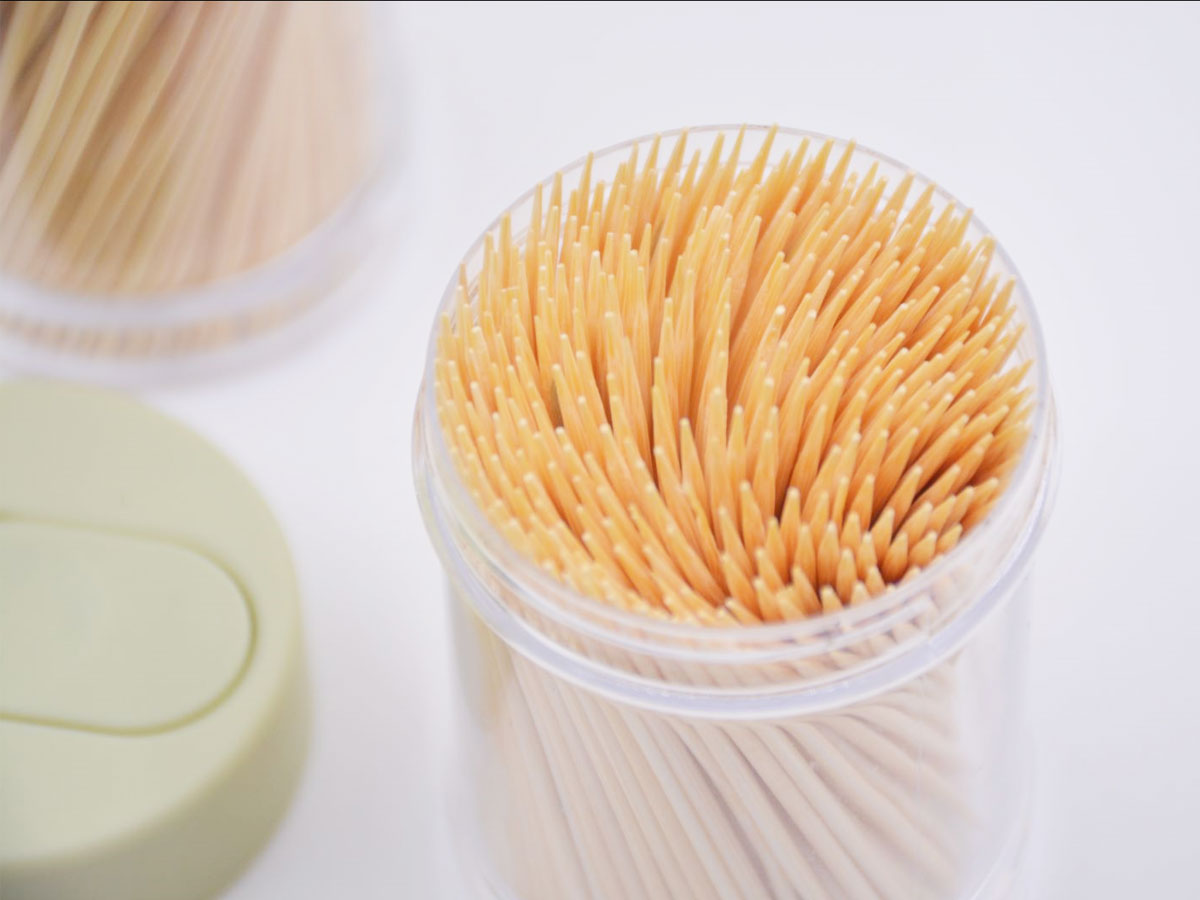
Toothpicks, a long-standing and well-known oral hygiene tool, are also called "toothpicks". They actually have various forms and materials. From the most basic wooden and bamboo sticks to modern plastic sticks, plastic dental floss, and even some precious animal materials such as ivory or special fish bones, toothpicks have a wide range of material choices.
Traditionally, toothpicks are mostly made of wood or bamboo, which are widely available, easy to process, and relatively low in cost. The sharpened design at one or both ends allows the toothpick to easily enter the teeth, effectively remove tartar or food residues, and maintain oral cleanliness and hygiene. Toothpicks made of natural materials such as corn are more environmentally friendly and are deeply loved by consumers who pursue a green lifestyle.
With the development of technology, the material of toothpicks is also constantly innovating. Plastic toothpicks have gradually occupied a place in the market because of their durability and difficulty in breaking. Synthetic materials such as the toothpick components in the Swiss Army Knife perfectly combine practicality and portability, meeting the needs of modern people for multi-functional and convenient life.
It is worth mentioning that toothpicks have a long history, with a record of use of more than 2,000 years. During this long period of time, toothpicks have evolved from simple wooden sticks to a variety of materials and designs, witnessing the increasing attention paid to oral hygiene by humans. Whether it is traditional materials or modern synthetic materials, toothpicks have become an indispensable part of our daily lives with their unique effects. In the days to come, we expect toothpicks to continue to play an important role in protecting our oral health.

